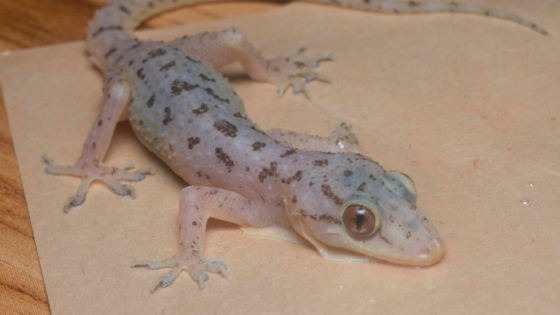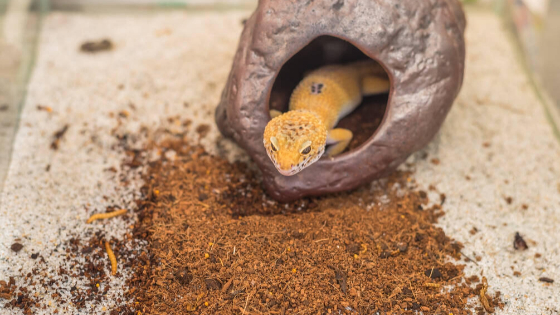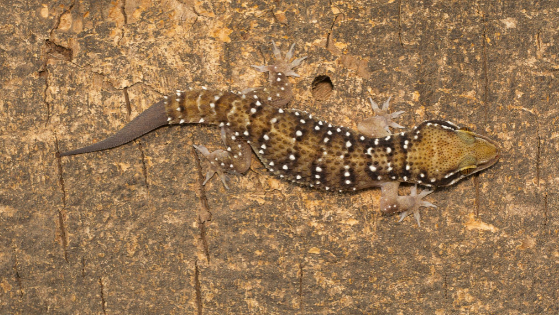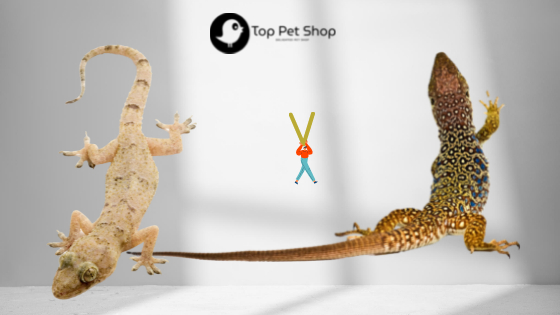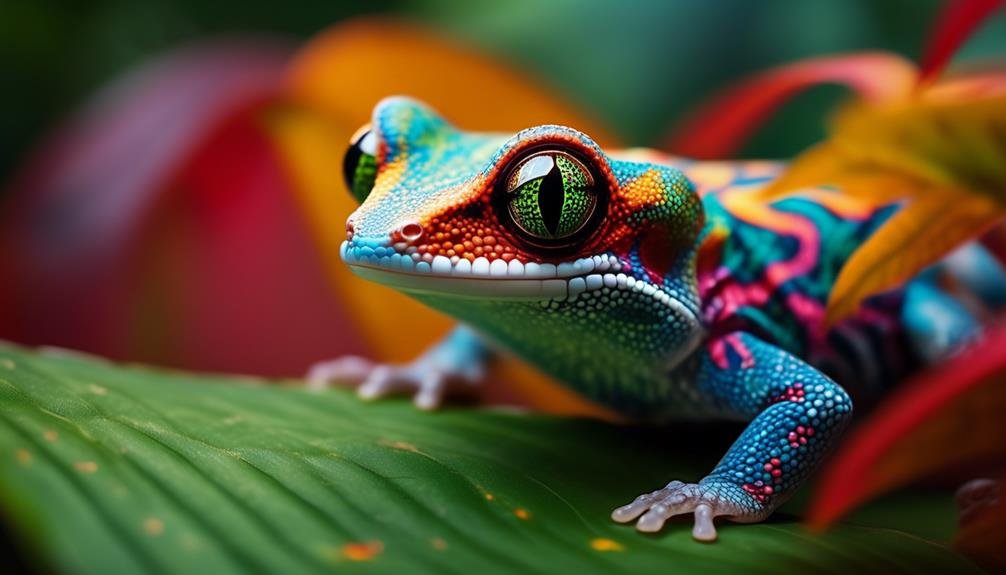
Are you ready to embark on a journey into the world of exotic reptiles? Like a skilled tightrope walker, you must carefully balance the needs of a rare and captivating creature – the frog-eyed gecko.
With their mesmerizing frog-like eyes and intricate scales, these ground-dwelling lizards from Asia and the Middle East are a true marvel. But mastering their care is no easy task.
In this article, we will uncover the secrets to providing the perfect habitat, nutrition, and handling techniques for these unique geckos.
So, step into this challenging world with us, and discover how to become a master in the care of frog-eyed geckos.
Key Takeaways
- Frog-eyed geckos have distinct care requirements that must be met for their longevity and health.
- Proper enclosure setup, including the right size, substrate, temperature, lighting, and humidity, is crucial for their well-being.
- These geckos thrive in low-humidity environments, with an ideal level of 30% or lower.
- Their diet should consist of live insects, such as crickets, mealworms, and beetle grubs, dusted with calcium and Vitamin D3 supplements.
Species Overview and Characteristics
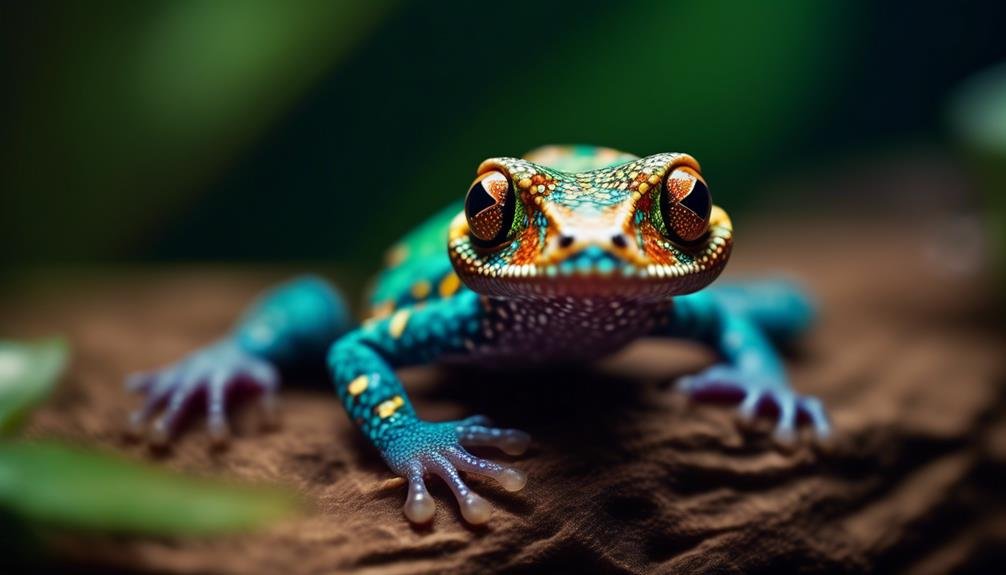
Frog-eyed geckos, a rare ground-dwelling lizard in the reptile trade, have distinct physical characteristics that set them apart from other gecko species. These geckos originate from arid environments in Asia and the Middle East, making their care requirements challenging and their lifestyle unique.
Covered in scales, they've intricate scales on their heads, and their digit features comb-like scales that help them move through sandy environments. With their broad heads and large, bulging eyes resembling frogs, frog-eyed geckos have a stout body, short tail, and robust limbs. Their yellow-brown bodies are adorned with black-brown stripes and sporadic lines.
These fascinating geckos can live up to 12 to 20 years with proper care, making them a rare commodity in the reptile trade.
Lifespan and Size
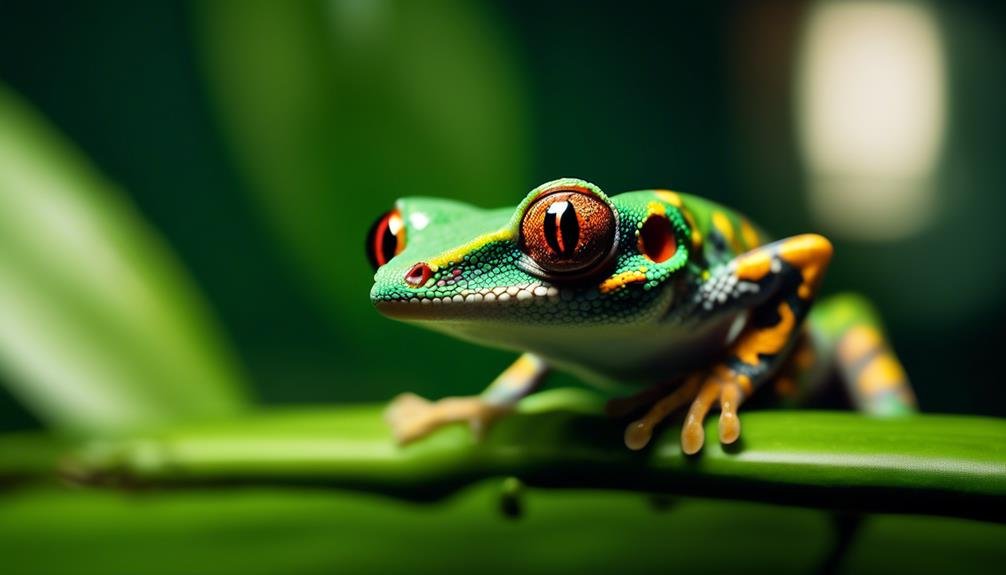
How long do frog-eyed geckos typically live and how large do they grow?
Frog-eyed geckos have a lifespan that can range from 12 to 20 years with proper care. Neglecting their needs can lead to disease and premature death, so it's essential to provide them with the proper care they require.
In terms of size, these geckos typically grow to an average length of five to seven inches, with most specimens hovering around six inches. It's rare to see frog-eyed geckos that are over six inches long. However, with good care and genetics, some individuals may reach their maximum length.
Care Requirements
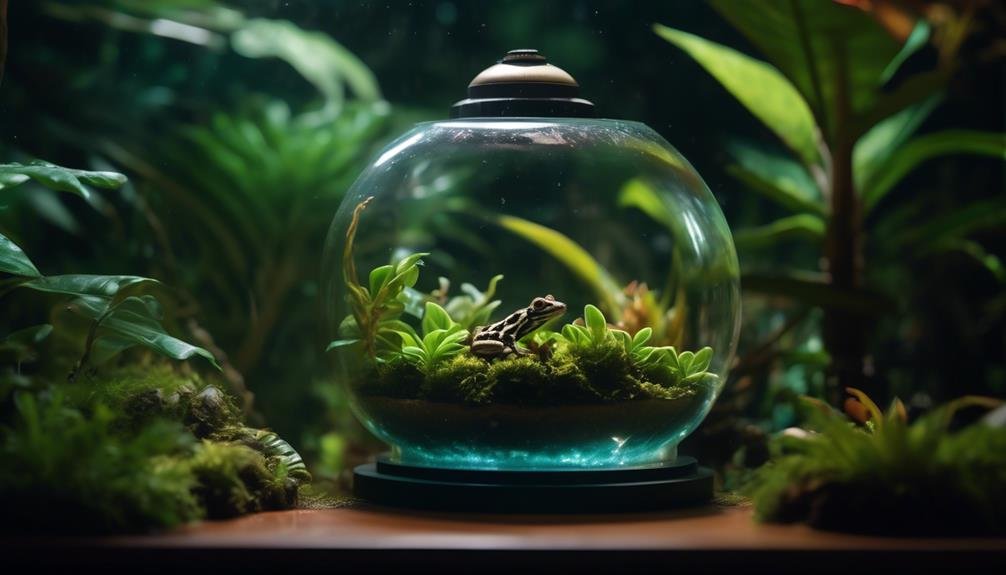
To properly care for frog-eyed geckos, it's crucial to understand their unique care requirements and provide them with the necessary environment and conditions. Here are the key care requirements for these challenging reptiles:
- Enclosure size, habitat setup, temperature, lighting, and humidity are key factors.
- Mimic a natural desert-like environment with dry substrate like sand and clay mixtures.
- Create a temperature gradient with a hot area of 90°F and a cooler end of 76-81°F.
Meeting these care requirements is essential for the health and well-being of frog-eyed geckos. Providing them with the right environment and conditions will help them thrive and live a long and healthy life.
Food and Diet
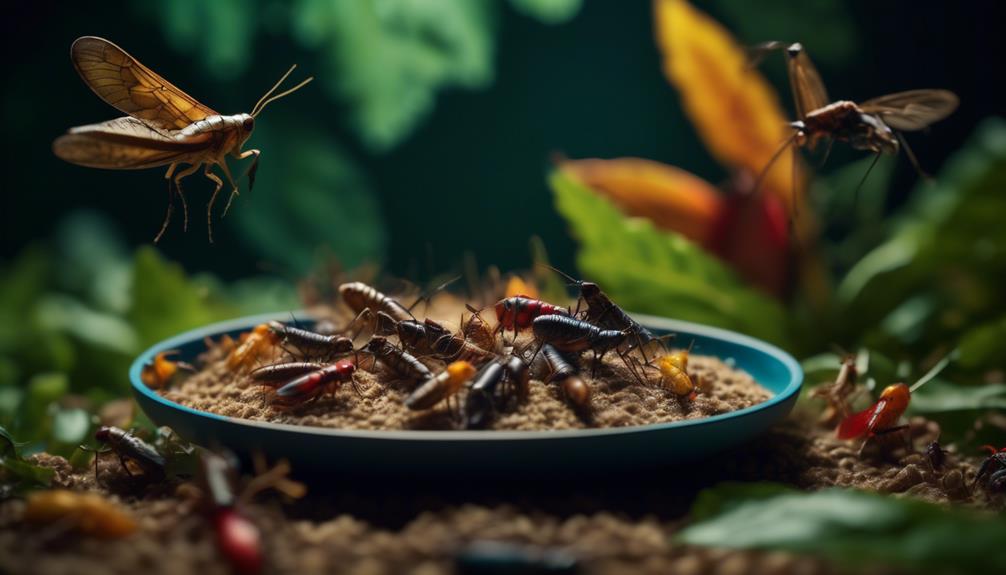
Feeding frog-eyed geckos requires a diet consisting primarily of live insects and careful supplementation. These geckos thrive on a diet of pure protein, with live crickets, mealworms, and beetle grubs being the best food options for them. Other suitable choices include waxworms, calciworms, locusts, and Dubia roaches.
However, it's important to give fatty foods like roaches sparingly, especially for younger geckos. To ensure their health, it's crucial to dust the insects with calcium and Vitamin D3 powder supplements.
Health, Behavior, and Handling
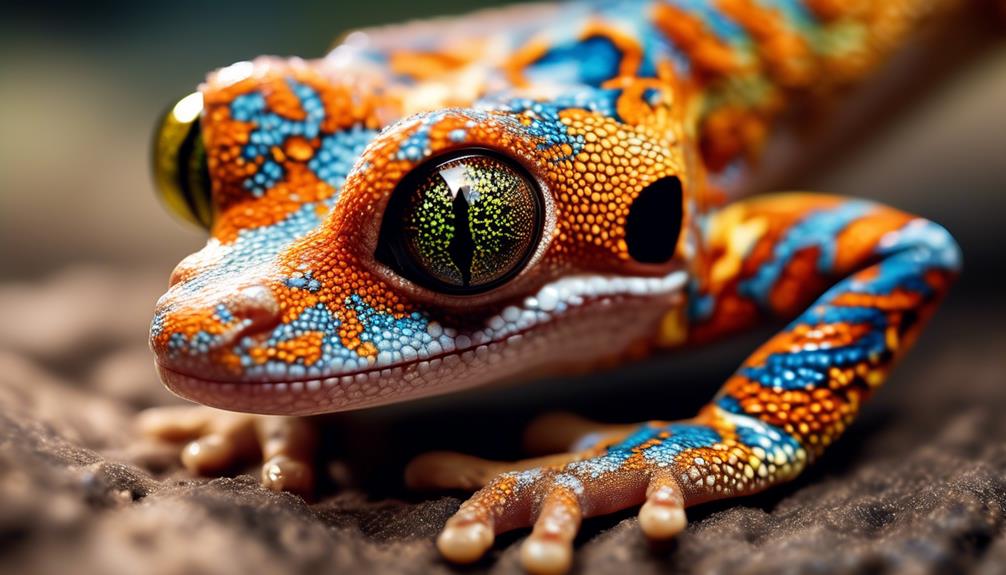
When caring for frog-eyed geckos, it's important to understand their health, behavior, and handling requirements to ensure their well-being. Here are some key points to keep in mind:
- Frog-eyed geckos are susceptible to respiratory issues, bacterial infections, and bone disorders. Maintaining proper humidity and temperature levels in their habitat can help prevent respiratory problems. Calcium supplementation is necessary to avoid bone diseases caused by inadequate calcium synthesis. Regular cleaning and sanitation of the habitat can help prevent bacterial infections.
- Frog-eyed geckos are skittish and easily provoked. When stressed, they exhibit defensive strategies like standing on their toes and arching their back. Male geckos shouldn't be housed together as they're prone to fighting. Handling should be kept to a minimum and done gently to avoid shedding scales, dropped tails, or biting. Appreciating them through the glass of the enclosure is often the best approach.
Frequently Asked Questions
Can Frog-Eyed Geckos Be Kept in Groups or Do They Need to Be Housed Alone?
Frog-eyed geckos are best housed alone or in a bonded pair. Keeping males together can lead to aggression. It's important to provide a peaceful cohabitation environment for these skittish geckos.
How Often Should the Enclosure and Substrate Be Cleaned for Frog-Eyed Geckos?
You should clean the enclosure and substrate for your frog-eyed geckos regularly to maintain a clean and healthy environment. It is recommended to clean it at least once a week to prevent bacterial problems.
Are Frog-Eyed Geckos Prone to Any Specific Diseases or Health Issues?
Frog-eyed geckos are prone to respiratory issues, bacterial infections, and bone disorders. Maintaining proper humidity, temperature, and calcium supplementation can help prevent these health issues and ensure their well-being.
What Are Some Signs of Stress or Discomfort in Frog-Eyed Geckos?
Signs of stress or discomfort in frog-eyed geckos include defensive behavior like standing on their toes and arching their back. They may also exhibit aggression towards other geckos and should only be handled when necessary to avoid shedding or biting.
Can Frog-Eyed Geckos Be Housed With Other Species of Reptiles or Should They Be Kept Separate?
Frog-eyed geckos should be kept separate from other species of reptiles. They are best housed alone or with a bonded pair of their own kind. Mixing them with other reptiles can lead to stress and potential aggression.
What Are the Unique Care Needs for Frog-Eyed Geckos Similar to Chahoua Geckos?
Keeping Chahoua geckos healthy is a top priority for reptile owners. Similarly, frog-eyed geckos have unique care needs. Ensuring proper humidity levels, providing a varied diet, and creating a suitable habitat are crucial for both species. Regular veterinary check-ups can also help ensure their overall health and well-being.
Conclusion
In conclusion, caring for frog-eyed geckos can be a challenging but rewarding experience. By providing the proper care and attention, including the right enclosure setup, temperature, lighting, humidity, and diet, you can ensure their longevity and well-being.
Regular monitoring of their health, behavior, and proper handling techniques are also crucial. So, if you're ready to take on the challenge, these rare and captivating reptiles can bring joy and fascination to your life.

